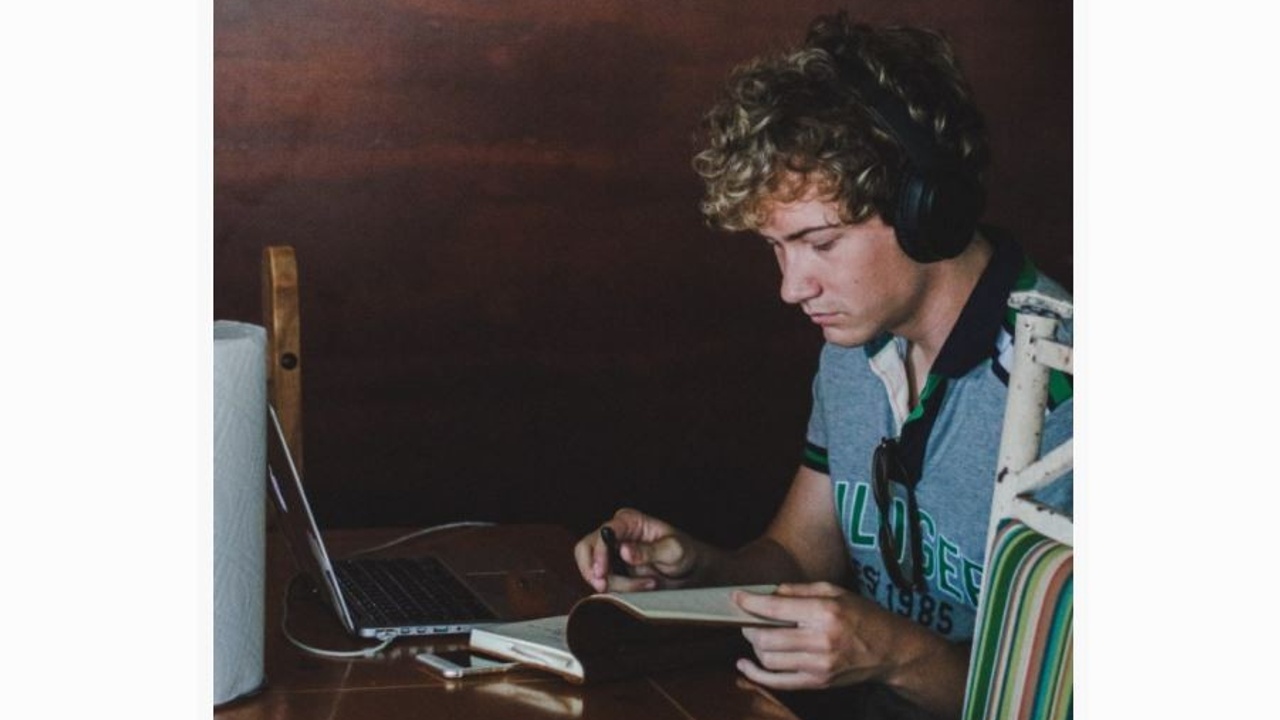Words and Music – Finding Inspiration for Artworks
Nov 24, 2019
The line of creativity that taps into visual imagery, is the same as that which taps into the lyrics of a song, or a lyrical passage from a piece of music. It’s hard to create in a void, that hollow space where nothing happens. Every creative act needs a point of inspiration. But in this age of digital image overload, how do we tap into a visual language that hasn’t already been over-exposed on social media, or on the internet in general. If you’re connected to Pinterest, Instagram or Flickr, you’ll understand the pressure to project originality, in what sometimes feels like a cyberspace whirlpool of imagery.
If you are in your final years of schooling, taking a visual arts course, you know that the syllabus expectation focuses on developing and promoting visual thinking. Most curriculum courses promote a similar statement such as this: students are expected to develop and demonstrate the following learning: conceive, develop, and make work(s) of art or design that reflect individuality and the development and communication of a personal visual aesthetic [adapted from SACE Stage 2 Visual Arts Subject Outline, 2019].
Even if you are at home, making art for your own purposes, it’s hard to find original approaches if you are continually scanning digital images for ideas – everything seems to have been done already. But here’s the thing – it’s not the image that is essential – it is the ability for that image to tell a story that’s important. In many of the images flicking past our senses, this is what’s missing. So, we’re looking for ideas in the wrong places!
As a visual arts educator of nearly 40 years, I love it when a student comes to me with an alternative to an image that they would like to use for inspiration. Poetry and lyrics are both potent forms of subliminal image-making. Just one line of a poem can enthral, establishing a wellspring of possibilities for visual translation. A powerful lyric line is equally capable of transporting us to somewhere else. And then there’s music: is it ever really possible to listen to passages of music that command you to listen, without being immersed in some form of otherness? That line about being “taken out of yourself” has a purpose. It allows you to expand your imaginative world – this is where you are most likely to find inspiration.
It is this connective tissue of inspiration that then helps you to establish a means of “sifting” through images as part of the next stage of visual thinking. At least now you have a feeling, or sensation, or cognitive reason to begin to search for visual stimulus to assist your creative process. It’s easier too, for you to begin to articulate to someone else why an image might be important to you in the developmental stages of your creative thinking.
This process isn’t fool proof – nothing really is! But I can guarantee you that the process won’t leave you flailing around in a black hole or feeling like you’re drowning in a sea of too many unrelated images that you can’t link together. Keep that initial impulse that drew you to the poem, lyric or music line moving through your experimentation – it should never leave you while the process of creativity is explored – it’s this impulse that will shape your personal aesthetic and assist you to make art that’s first and foremost, important to you.
Our ArtEyeDeer lessons are springboards – small leaps into creative waters. Many of the lessons use found images or relate to artists’ styles/subject matter/techniques. Treat these lessons like visual vitamins – the visual nutrition that helps you to synthesise creativity. Then go your own way, find the words and music that speak to you. Seek out your personal aesthetic and let it tell your story about what it is to be immersed in productive creative expression.
Wendy Muir
Art Eye Deer Teacher

